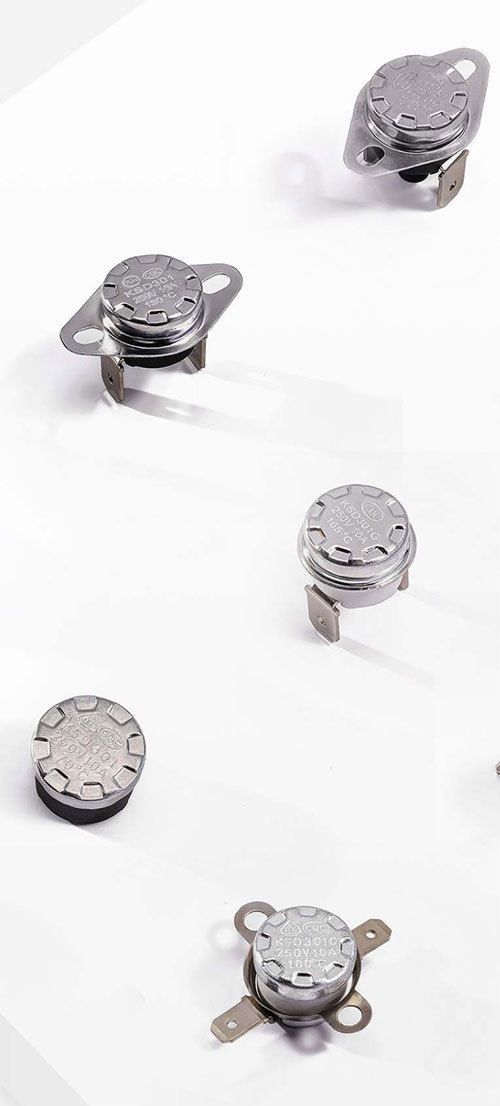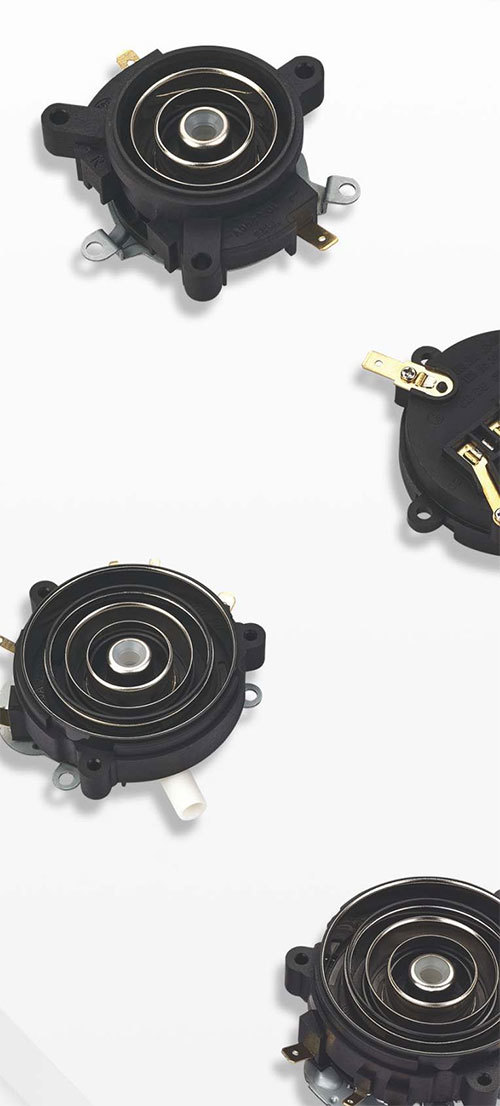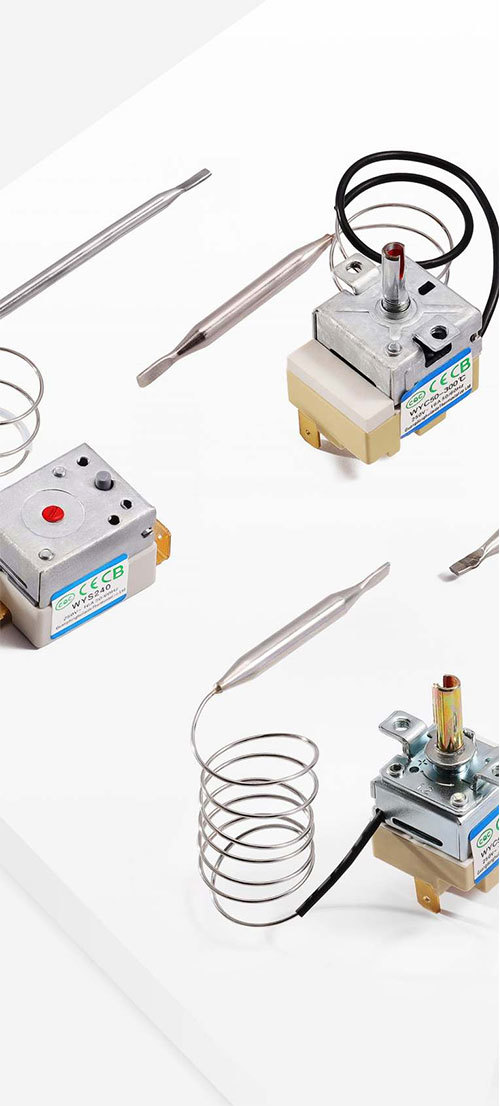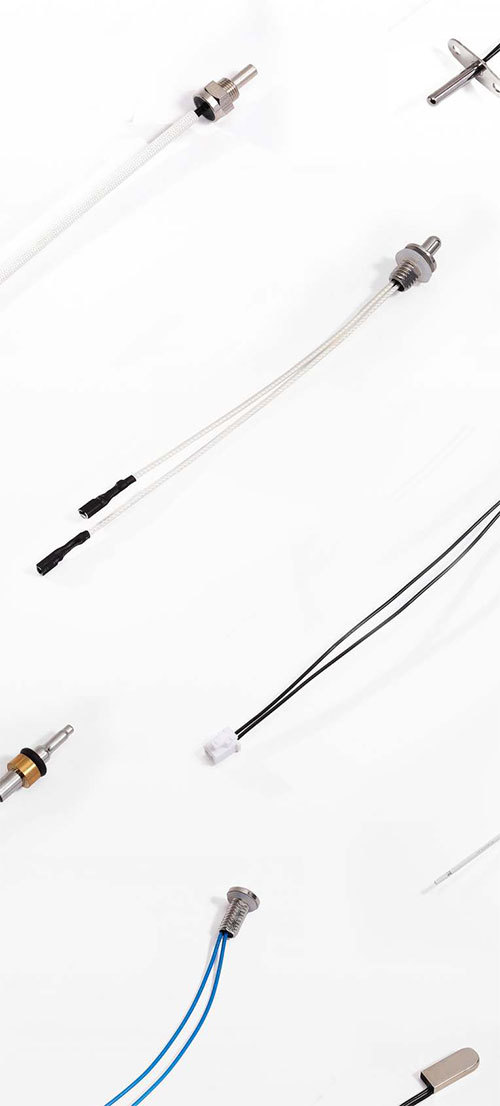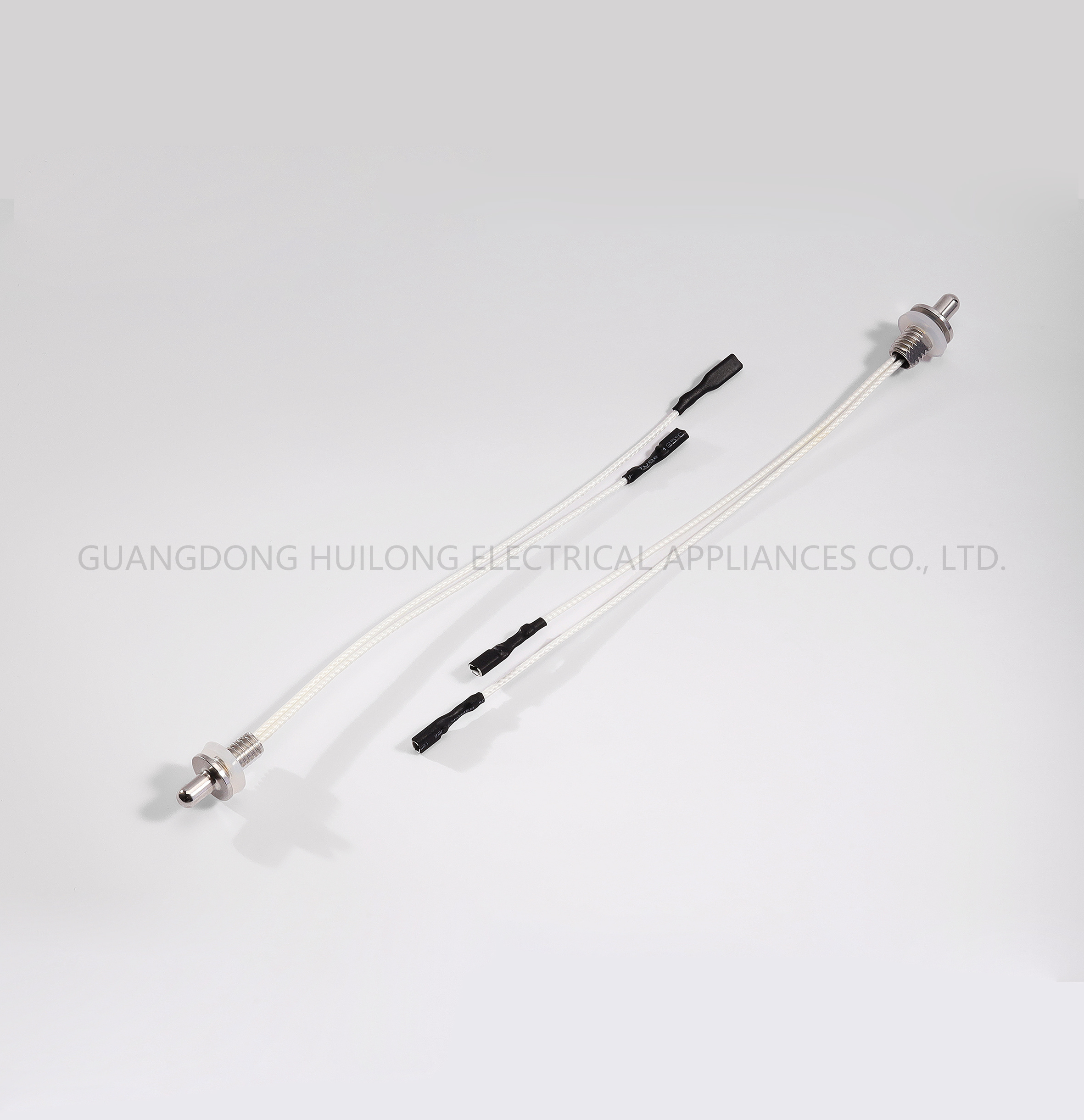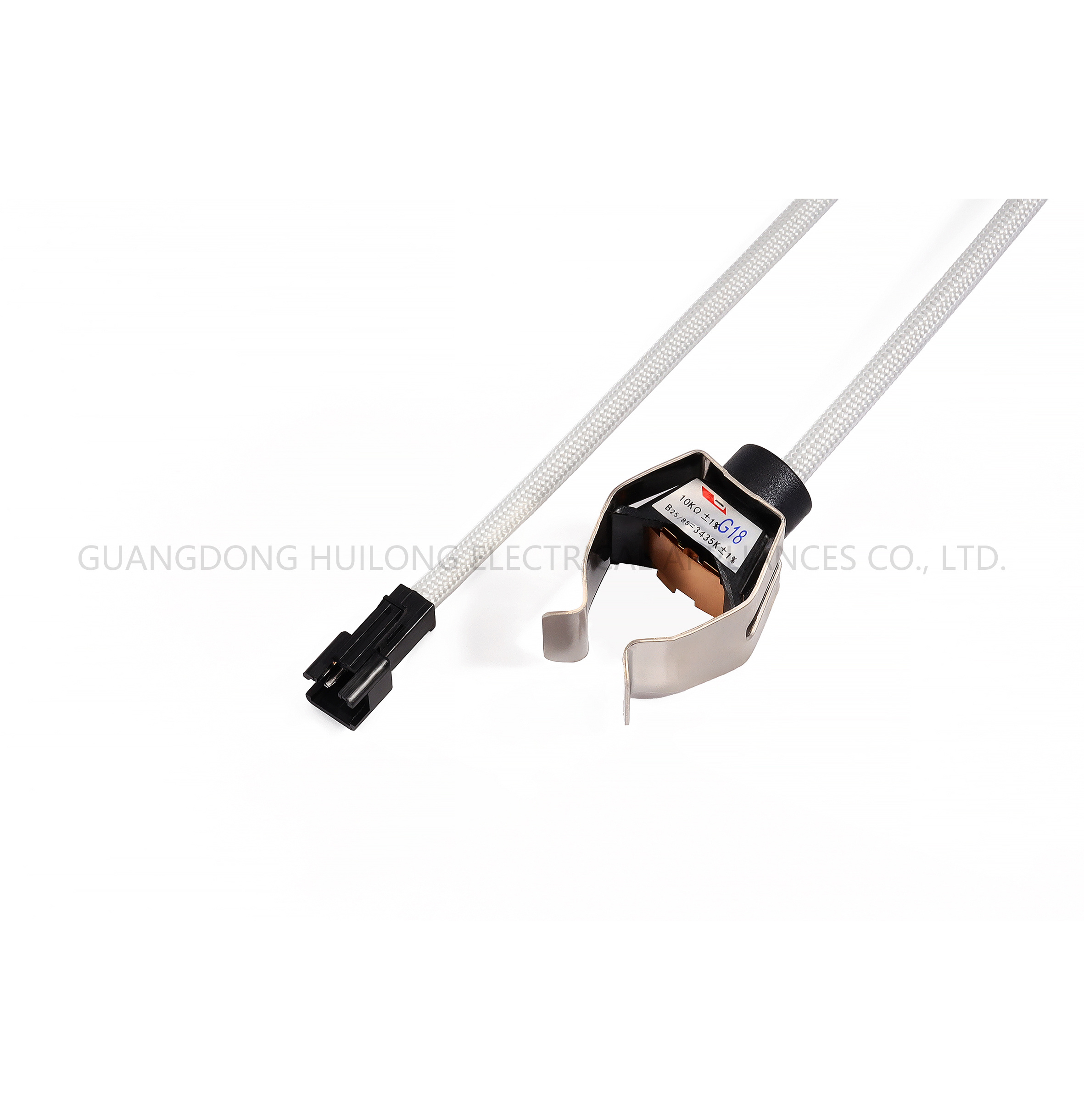Understanding Air Temperature Sensors: A Comprehensive Guide
Classification: knowledge
Time:2025-08-13
Understanding Air Temperature Sensors: A Comprehensive Guide
Table of Contents
- What Are Air Temperature Sensors?
- The Importance of Air Temperature Sensors in Various Industries
- Types of Air Temperature Sensors
- How Air Temperature Sensors Work
- Applications of Air Temperature Sensors
- Choosing the Right Air Temperature Sensor for Your Needs
- Maintaining Air Temperature Sensors for Optimal Performance
- Future Trends in Temperature Sensing Technology
- Frequently Asked Questions
What Are Air Temperature Sensors?
Air temperature sensors are essential devices that measure the temperature of air. These sensors operate by detecting changes in temperature and converting this information into a readable signal. By utilizing various technologies and materials, air temperature sensors are crucial for monitoring environmental conditions, ensuring safety, and maintaining efficiency in numerous applications.
The Importance of Air Temperature Sensors in Various Industries
The significance of air temperature sensors extends beyond simple temperature measurement. They are integral in sectors such as:
- **HVAC Systems**: In heating, ventilation, and air conditioning systems, these sensors help regulate indoor climate and enhance energy efficiency.
- **Automotive**: In vehicles, air temperature sensors ensure optimal engine performance and improve fuel efficiency.
- **Agriculture**: Farmers utilize these sensors to monitor microclimates and make informed decisions about crop management.
- **Manufacturing**: In production processes, accurate temperature readings ensure product quality and machinery safety.
Understanding the crucial role of air temperature sensors helps industries optimize their operations and improve overall performance.
Types of Air Temperature Sensors
Various types of air temperature sensors are available, each with unique benefits and applications. Let’s explore some of the most common types.
Thermocouples
Thermocouples are among the most widely used temperature sensors. They consist of two different metals joined at one end, creating a junction that produces a voltage proportional to temperature changes. Thermocouples are well-suited for high-temperature applications and can measure a wide range of temperatures.
Thermistors
Thermistors are temperature-sensitive resistors that exhibit a significant change in resistance with temperature variations. They are highly accurate and are often used in applications that require precise temperature measurements, such as medical devices and environmental monitoring.
Infrared Sensors
Infrared sensors measure temperature by detecting infrared radiation emitted by objects. They are ideal for non-contact temperature measurement, making them suitable for applications in food processing, HVAC systems, and even personal health monitoring.
Resistance Temperature Detectors (RTDs)
RTDs are temperature sensors that operate on the principle that the resistance of certain metals changes with temperature. They offer high accuracy and stability, making them commonly used in industrial and laboratory settings.
How Air Temperature Sensors Work
The functioning of air temperature sensors varies depending on the type. However, the general principle involves detecting changes in temperature and converting them into electrical signals. The process typically includes the following steps:
1. **Temperature Sensing**: The sensor detects the air temperature through a sensing element (e.g., thermocouple junction, thermistor bead).
2. **Signal Conversion**: The detected temperature generates a change in resistance, voltage, or current, depending on the sensor type.
3. **Output Generation**: The sensor transmits the converted signal to a display or control system, where it can be interpreted and used for monitoring or control purposes.
By understanding how these sensors operate, users can appreciate their importance in ensuring accurate temperature measurements.
Applications of Air Temperature Sensors
Air temperature sensors have diverse applications across various fields. Some notable uses include:
- **Climate Control**: In residential and commercial buildings, air temperature sensors regulate heating and cooling systems, ensuring comfort and energy efficiency.
- **Industrial Processes**: In manufacturing, these sensors monitor temperatures to maintain optimal conditions for production and ensure product quality.
- **Weather Stations**: Meteorological applications rely on air temperature sensors to collect data critical for weather forecasting and climate studies.
- **Smart Home Technology**: Many smart home systems integrate air temperature sensors to optimize energy usage and enhance living conditions.
With their wide range of applications, air temperature sensors are versatile tools that contribute significantly to numerous industries.
Choosing the Right Air Temperature Sensor for Your Needs
Selecting the appropriate air temperature sensor depends on various factors, including:
- **Temperature Range**: Different sensors operate effectively within specified temperature ranges. Choose a sensor that suits your environmental conditions.
- **Accuracy Requirements**: Depending on the application, you may need a highly accurate sensor or one that provides general estimates.
- **Response Time**: Consider how quickly the sensor responds to temperature changes, especially in applications requiring timely data.
- **Environmental Conditions**: Factors such as humidity, dust, and exposure to chemicals can affect sensor performance. Ensure that the chosen sensor can withstand the specific environment.
By understanding these factors, users can make informed decisions when selecting an air temperature sensor.
Maintaining Air Temperature Sensors for Optimal Performance
Regular maintenance of air temperature sensors is crucial for ensuring their accurate and reliable performance. Here are a few essential maintenance tips:
1. **Calibration**: Regularly calibrate sensors to maintain accuracy. Follow manufacturer guidelines for calibration intervals.
2. **Cleaning**: Keep sensors free from dust and debris to ensure proper airflow and accurate readings.
3. **Visual Inspections**: Periodically inspect sensors for signs of wear, damage, or corrosion. Replace any faulty components as necessary.
4. **Environmental Monitoring**: Understand the environmental conditions where sensors operate and take measures to protect them from extremes that could affect performance.
By implementing these maintenance practices, users can enhance the longevity and reliability of their air temperature sensors.
Future Trends in Temperature Sensing Technology
As technology advances, air temperature sensors are evolving to meet the demands of modern applications. Some future trends include:
- **Wireless Technology**: The integration of wireless communication will allow for remote monitoring and data collection, enhancing convenience and accessibility.
- **IoT Integration**: The Internet of Things (IoT) will increasingly influence air temperature sensors, enabling real-time data sharing and analysis across connected devices.
- **Smart Sensors**: Advanced algorithms and artificial intelligence will empower sensors to provide more accurate and predictive temperature readings.
- **Miniaturization**: Ongoing advancements in miniaturization will lead to smaller, more versatile sensors that can be incorporated into various applications without significant space constraints.
These trends indicate a promising future for air temperature sensing technology, making it more efficient and user-friendly.
Frequently Asked Questions
1. What is the most accurate type of air temperature sensor?
The most accurate type of air temperature sensor is typically the Resistance Temperature Detector (RTD), known for its precision and stability.
2. How often should air temperature sensors be calibrated?
Calibration frequency depends on usage and manufacturer recommendations. Generally, it is advisable to calibrate sensors at least once a year or as required based on performance.
3. Can air temperature sensors be used outdoors?
Yes, but ensure that the chosen sensor is rated for outdoor conditions, including moisture, dust, and temperature fluctuations.
4. What factors influence the choice of an air temperature sensor?
Factors include temperature range, accuracy requirements, response time, environmental conditions, and application-specific needs.
5. How do infrared temperature sensors differ from thermocouples?
Infrared sensors measure temperature without contact by detecting emitted infrared radiation, whereas thermocouples require direct contact with the object to measure temperature.
Conclusion
Understanding air temperature sensors is crucial for effectively utilizing them in various applications across industries. By recognizing the different types, operational principles, and best practices for maintenance, users can ensure optimal performance and reliability. With ongoing advancements in technology, air temperature sensors are poised to become even more integral to our daily lives, enhancing efficiency and safety across multiple sectors. By making informed choices and staying updated on industry trends, individuals and organizations can harness the full potential of these essential devices.
Keyword: Understanding Air Temperature Sensors: A Comprehensive Guide
RELATED INFORMATION
Understanding Air Temperature Sensors: A Comprehensive Guide
Understanding Air Temperature Sensors: A Comprehensive Guide Table of Contents What Are Air Temperature Sensors? The Importance of Air Temperature Sensors in Various Industries Types of Air Temperature Sensors Thermocouples Thermistors Infrared Sensors Resistance Temperature Detectors (RTDs) How Air Temperature
2025/08/13
Unlocking the Power of Smart Temperature Sensors: A Comprehensive Guide
Smart temperature sensors are essential components in various applications, ranging from industrial automation to consumer electronics. These advanced devices not only measure temperature but also provide critical data that can enhance decision-making processes, improve efficiency, and promote energy savings. In this article, we will delve into the workings, benefits, and applications of smart tem
2025/08/06


